|
|
The Lafayette
Street Bridge -
Part 1 of 4 |
 |
|
Introduction |
|
|
The
late nineteenth and early twentieth century was a time of dynamic social and
political change for Tampa, a growing city on Florida’s west coast. These
changes led Tampa’s commercial-civic elite to look beyond the law, the militia,
and the church for ways to maintain their sense of order.
Over a period of three decades, three different bridges were built at the same place over the Hillsborough River, at Lafayette Street. Each time the bridge was built or replaced, it was for a different reason. Tampa after the Civil War At the end of 1865, Tampa resembled a
ghost town. The majority of residents had left the city during the war (although
a significant number eventually returned), the economic condition was dismal and
there was no municipal government. The election of
Edward Clarke as mayor on October 25, 1866 was unable to substantially
improve conditions. |
|
|
Edward A. Clarke, Tampa's 10th
mayor
Tampa's Charter is Revoked, Becomes Unincorporated
John T. Lesley, circa 1885 Tampa’s total population decreased in the 1870s during Reconstruction, although some new settlers did arrive. These newcomers were interested in growing citrus, and looked for plots of land big enough for a grove. Therefore, even as the population went down, the city grew to cover a larger area. Plenty of land was open for homesteading, and the town expanded northward for the most part, with less development across the river. Read about John T. Lesley at the Tampapix feature "The Final Battle for Fort Brooke." |
|
|
Hillsborough River ferry boats |
|
There was little need for a bridge over the Hillsborough River at the time. Before the railroad, transportation into and out of Tampa was by stagecoach and water, out into the bay and on then to the Gulf of Mexico. The few people who did need to cross the river used a ferry at the foot of Jackson Street, connecting with the Tampa to Brooksville Road, which was little more than a path through the woods. People crossed here if they wished to go overland to Safety Harbor or Clearwater. The ferry consisted of a rowboat for foot
passengers and a big flat barge for the accommodation of teams, cattle and
horses. It was operated by a heavy cable which lay on the bottom of the river
when not in use. When a team was to cross, a hinged platform was let down so that
the end rested in the mud, and the horses had to drag their load up the steep
incline onto the barge. The cable was then laboriously pulled up, and hand-over-hand
the hard-worked ferryman pulled at it, the barge sometimes swinging out into the
stream in spite of the efforts of the ferryman. |
|
| When the other shore was gained the hinged platform was let down on the other side and with much protest on the part of the horses and much urging from the driver, the plunge would be made down the incline into the mud if the tide was low, but onto hard sand if the tide was high. | |

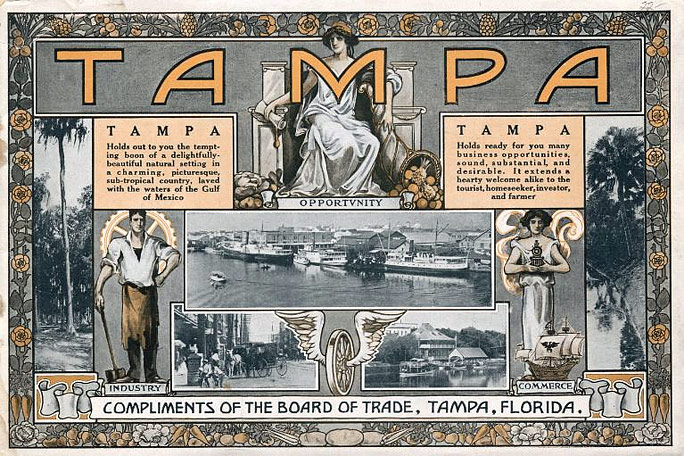
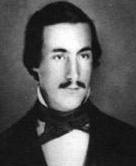 Clarke's
administration was confronted with an empty treasury, yellow fever epidemics and
frequent unrest in the city. The situation worsened with arrival of federal
troops and administrators to impose the Reconstruction policies established by
the U.S. Congress. Deeply resented by the population, soldiers and federal civil
authorities were subjected to frequent harassment. In response, both federal
military and civil authorities used their position to make life even more
miserable for the resident population.
Clarke's
administration was confronted with an empty treasury, yellow fever epidemics and
frequent unrest in the city. The situation worsened with arrival of federal
troops and administrators to impose the Reconstruction policies established by
the U.S. Congress. Deeply resented by the population, soldiers and federal civil
authorities were subjected to frequent harassment. In response, both federal
military and civil authorities used their position to make life even more
miserable for the resident population.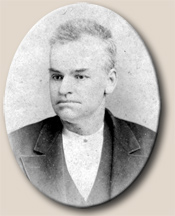 The
antagonism between federal authorities and Tampa residents was the foundation
for
The
antagonism between federal authorities and Tampa residents was the foundation
for
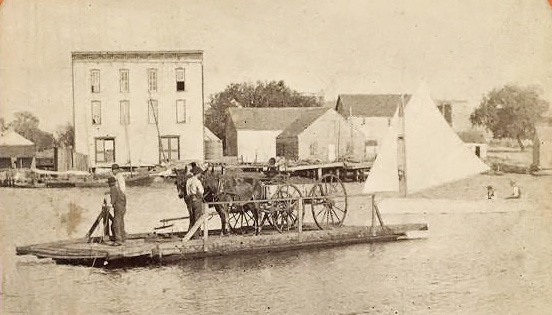
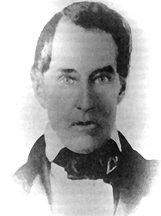
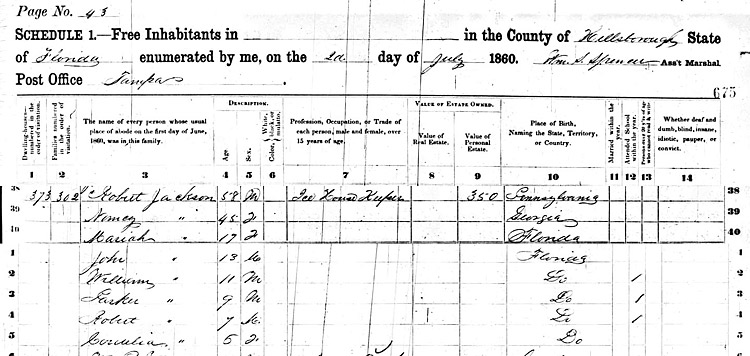
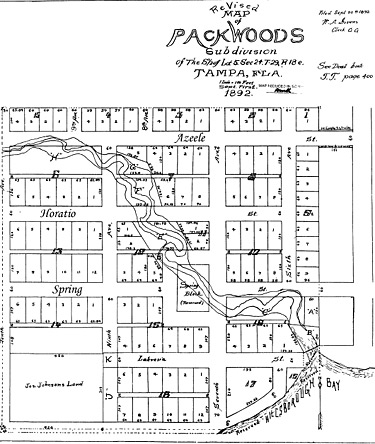
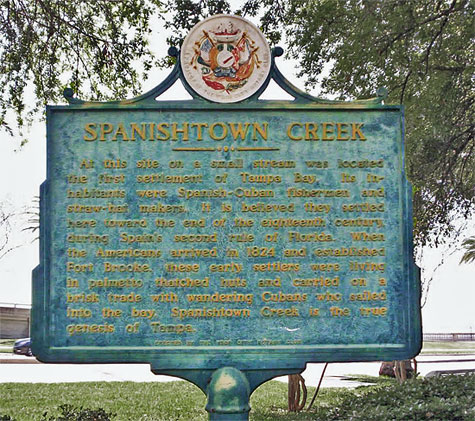
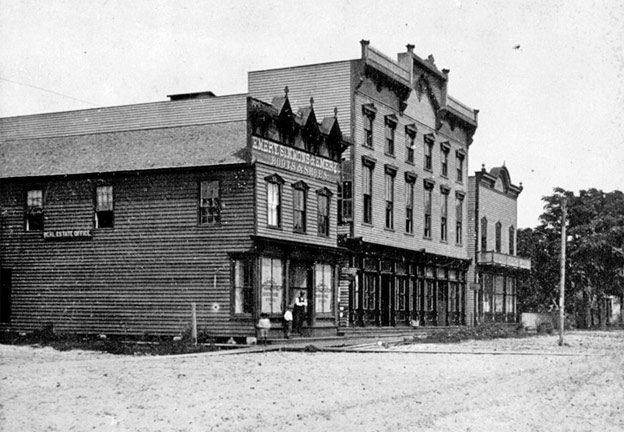
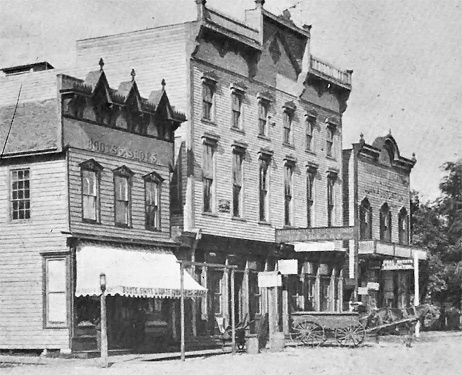
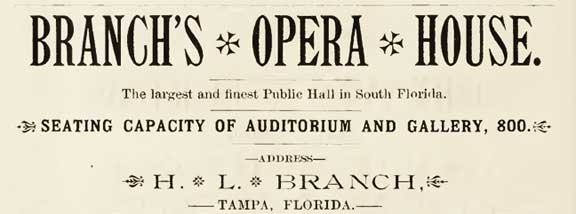
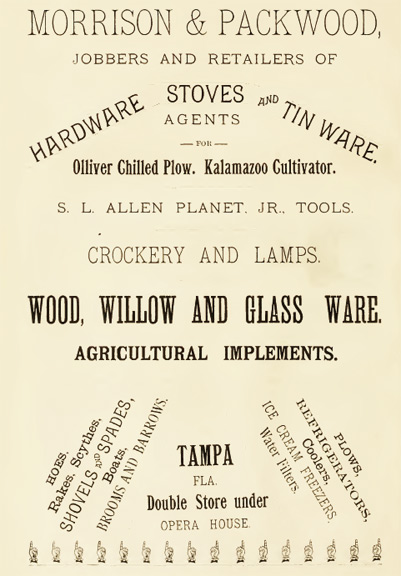
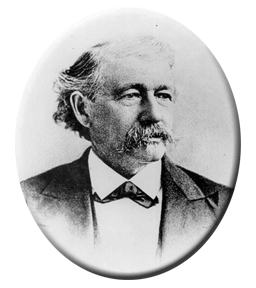
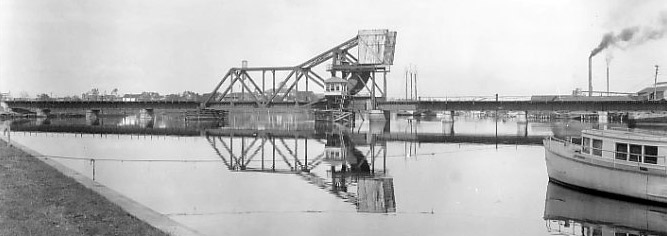
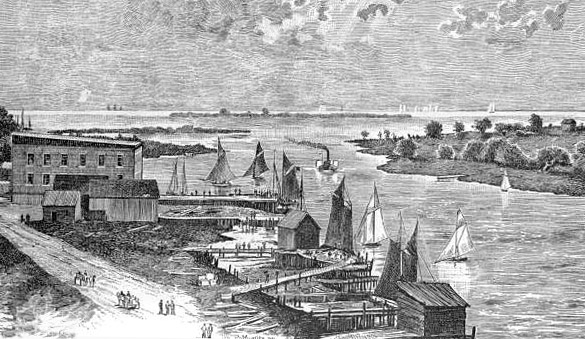
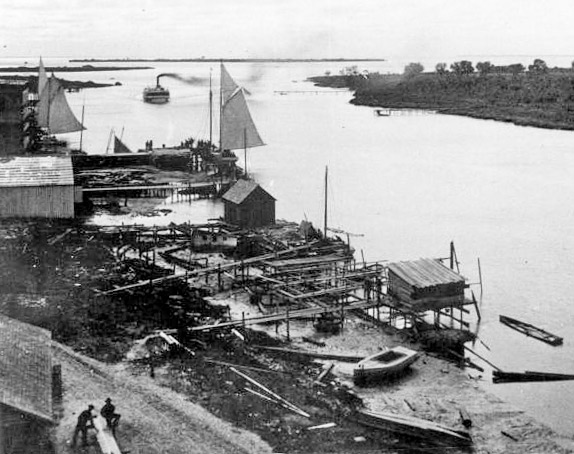
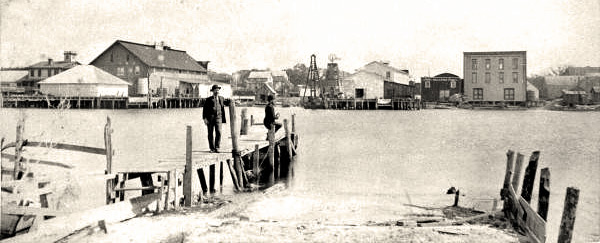
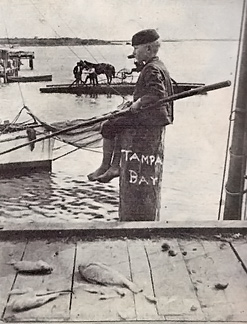
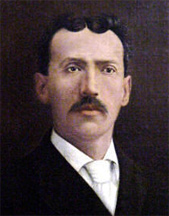
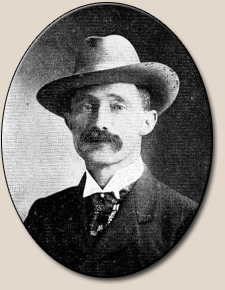
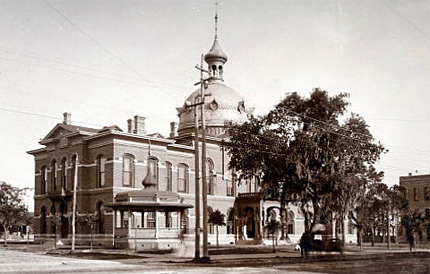
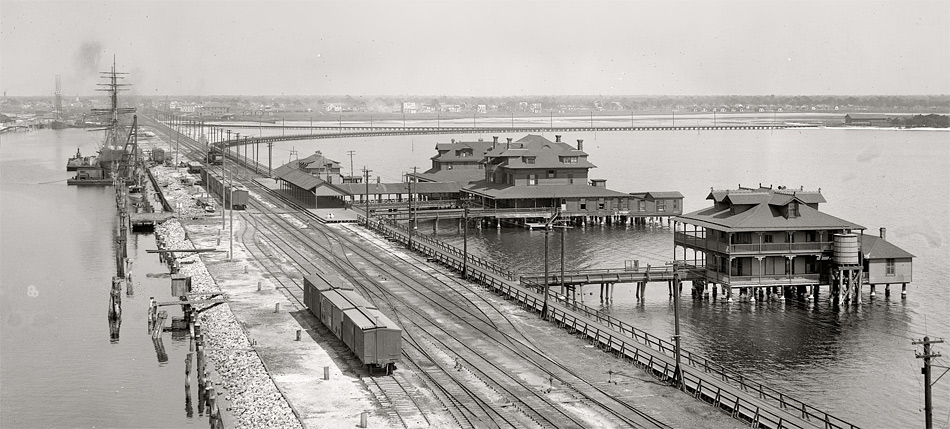
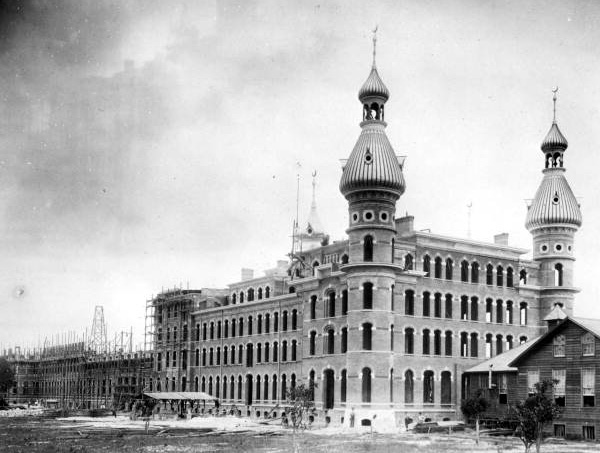
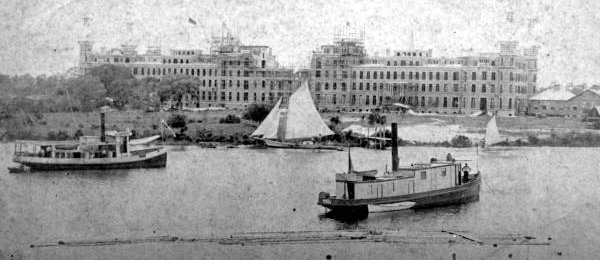
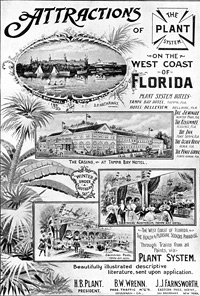
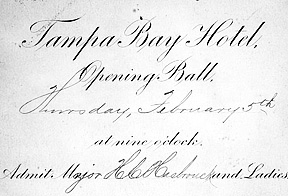
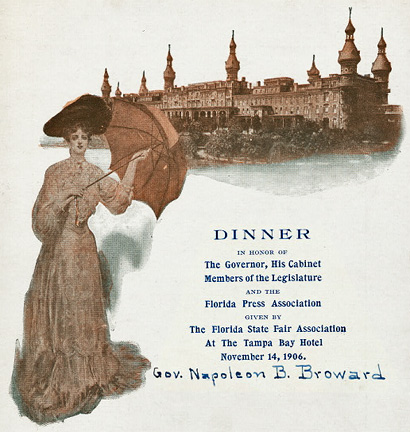
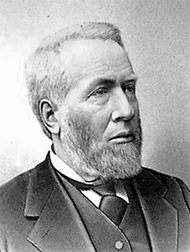
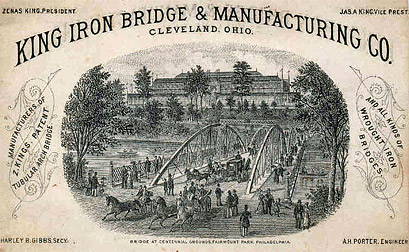
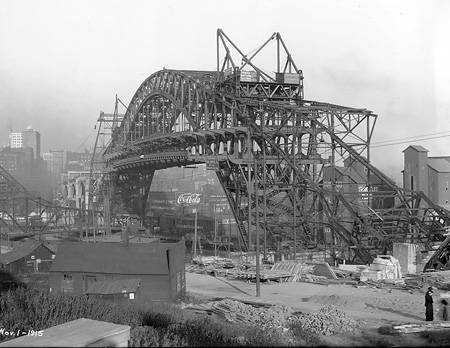
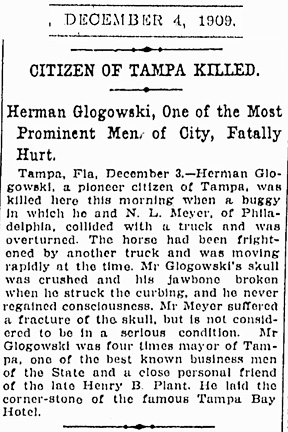
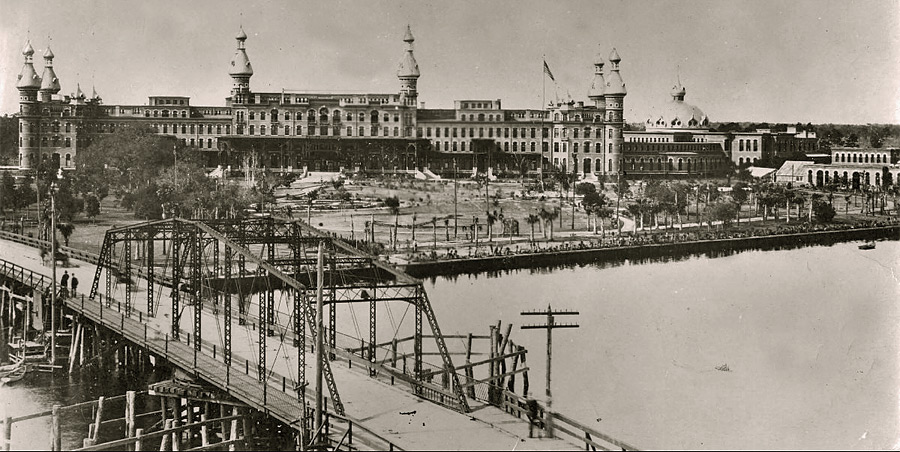

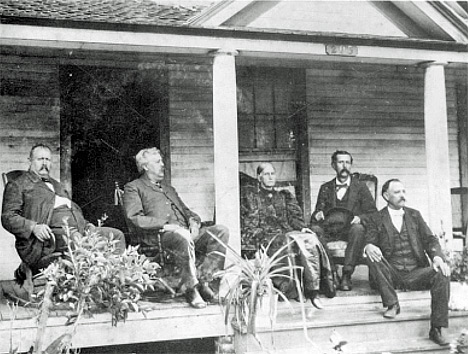
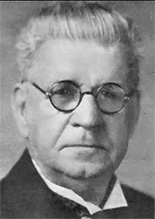 With the arrival of the
railroad, Tampa grew at an astonishing rate, its population increasing an
incredible 668 percent between 1880 and 1890. The Lafayette
Street Bridge did
not remain the only general traffic bridge over the Hillsborough River for long.
In 1892, Hugh C. Macfarlane took 200 acres of land he owned on the west side of the
river and marketed it as a cigar factory town. A crucial first step was to
provide access to his new development called West Tampa. So in 1892, with the
help of other investors, Macfarlane built an iron
With the arrival of the
railroad, Tampa grew at an astonishing rate, its population increasing an
incredible 668 percent between 1880 and 1890. The Lafayette
Street Bridge did
not remain the only general traffic bridge over the Hillsborough River for long.
In 1892, Hugh C. Macfarlane took 200 acres of land he owned on the west side of the
river and marketed it as a cigar factory town. A crucial first step was to
provide access to his new development called West Tampa. So in 1892, with the
help of other investors, Macfarlane built an iron
